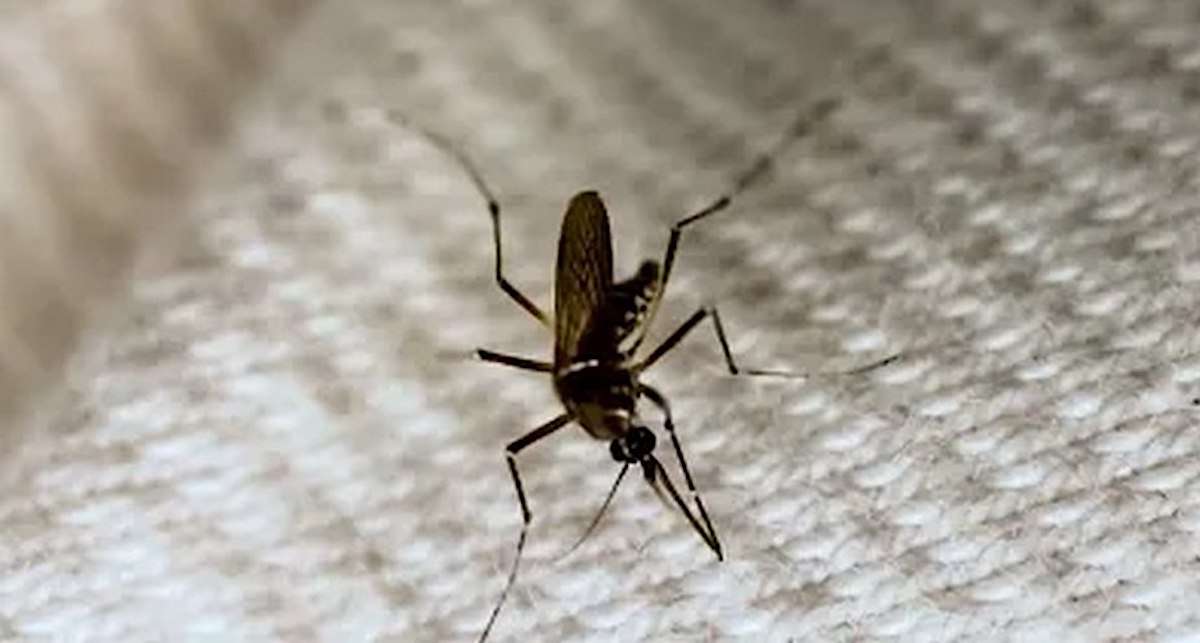Chinese Scientists Create Way to 3D Print Ceramic Engineering Components Suspended in Air Without Support
With the new slurry, Liu Ren was able to print ceramic torsion springs at 3.5 millimeters thickness which retained their shape in mid-air.

In a potentially huge development for fashion in tropical countries, an entomologist has come up with a Spandex-polyester weave that's impermeable to the proboscis of the mosquito.
Mosquitos hospitalize hundreds of thousands every year in the tropics by spreading malaria, dengue fever, yellow fever, and West Nile virus, and every major proposed solution has failed to alleviate these burdens to any degree that can't be obtained with a simple mosquito net over someone's bed.
There have been news reports recently of genetically engineered mosquitos that can sterilize populations in areas to prevent the spread of the diseases they carry, but to John Beckmann who designed the new cloth weave, the simplest solutions are probably the best ones given past experience.
Using a hi-tech knitting machine Beckmann and his team experimented with different weave patterns. They needed to find one that didn't provide any space for the proboscis to exploit, while at the same time offering comfort and breathability for tropical weather conditions; a tough ask.
To the naked eye, the mosquito's proboscis, which it uses to feed, appears needle-like, but Beckmann points out that this appendage is so advanced it can go right through most fabrics thanks to a pair of saw-like bladed segments along its sides, microneedles that vibrate like a drill, and the ability to bend at 90 degrees.
"Knitting is essentially like tying little knots—you're making loops, and you're wrapping loops through loops," Beckmann told Fast Company. "If you do it in the right geometric ways, you can create a chainmail effect at the microscopic level."
It took a lot of tweaking and refinement, but the finished fabric was described by one of his graduate students at Auburn University, Alabama, as something similar to "Lululemon leggings."
The team submitted a paper describing their findings and the tests of the various weaves they used by way of putting a sleeved arm into a glass box full of mozzies and counting the bites.
Now they plan to continue refining the technology with the aim of releasing a clothing line, and licensing the weave to various outdoor companies.
SHARE This Great And Much-Needed Invention With Your Friends…
Be the first to comment